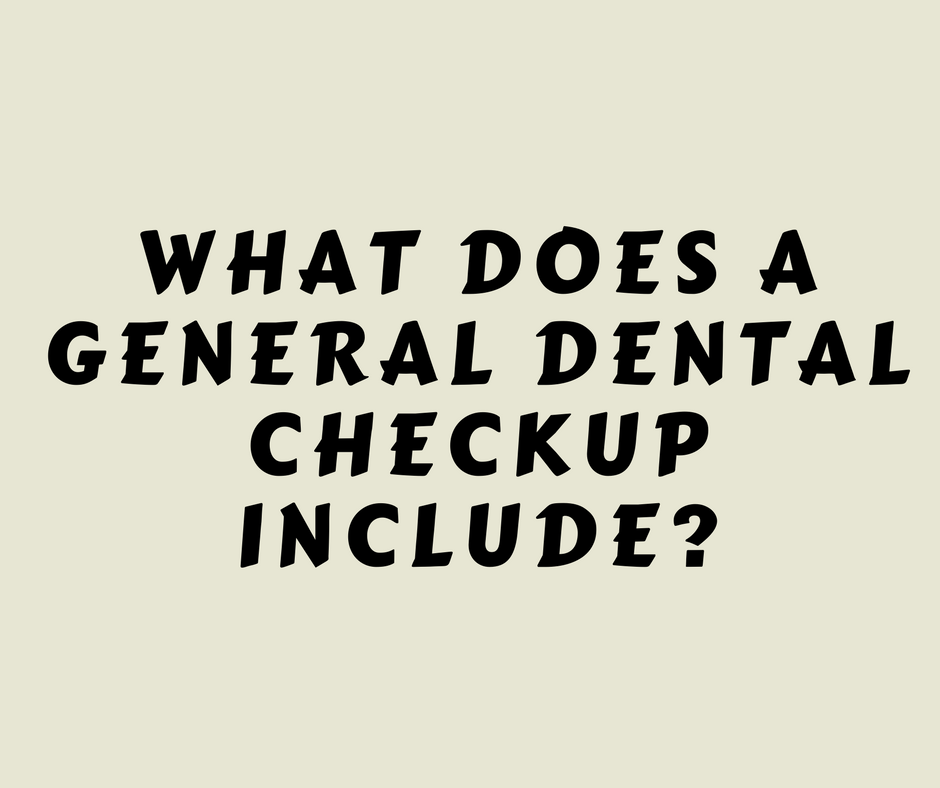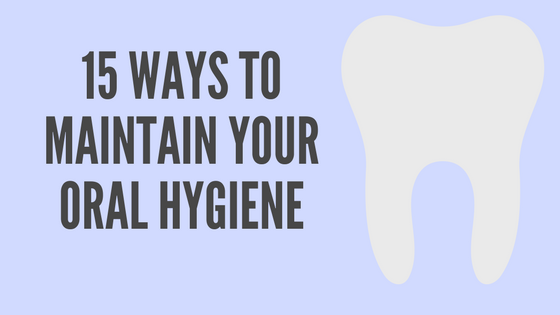
Is fluoride needed for dental cavities?

Fluoride is seen as an effective mineral which helps in strengthening the teeth along with preventing dental caries. Uses of Fluoride supplements like drops, tablets and fluoridated toothpaste have been proved to have decreased the chances of cavities in school going children and adolescents. Not only does its topical application reduce caries but also its systemic intake by milk and water fluoridation also helps prevent cavities.
How does fluoride act on teeth?
Enamel contains hydroxyapatite crystals and with combination with fluoride ions it forms fluorapatite. Fluoride with application on tooth forms fluoroapatite crystals that help in increasing the remineralization rate of enamel.
Fluoride can be used in a number of forms-
Fluoridated toothpaste –
The fluoride content in toothpaste available these days is 1000ppm in the form of sodium monofluorophosphate or sodium fluoride is sufficient enough to keep cavities away.
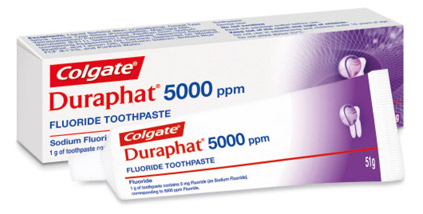 Fluoridated mouthwash-
Fluoridated mouthwash-
The mouthwash used daily by people have sodium fluoride in the quantity of 225ppm. Though it is good, but not strong enough to prevent cavities in high risk patients.
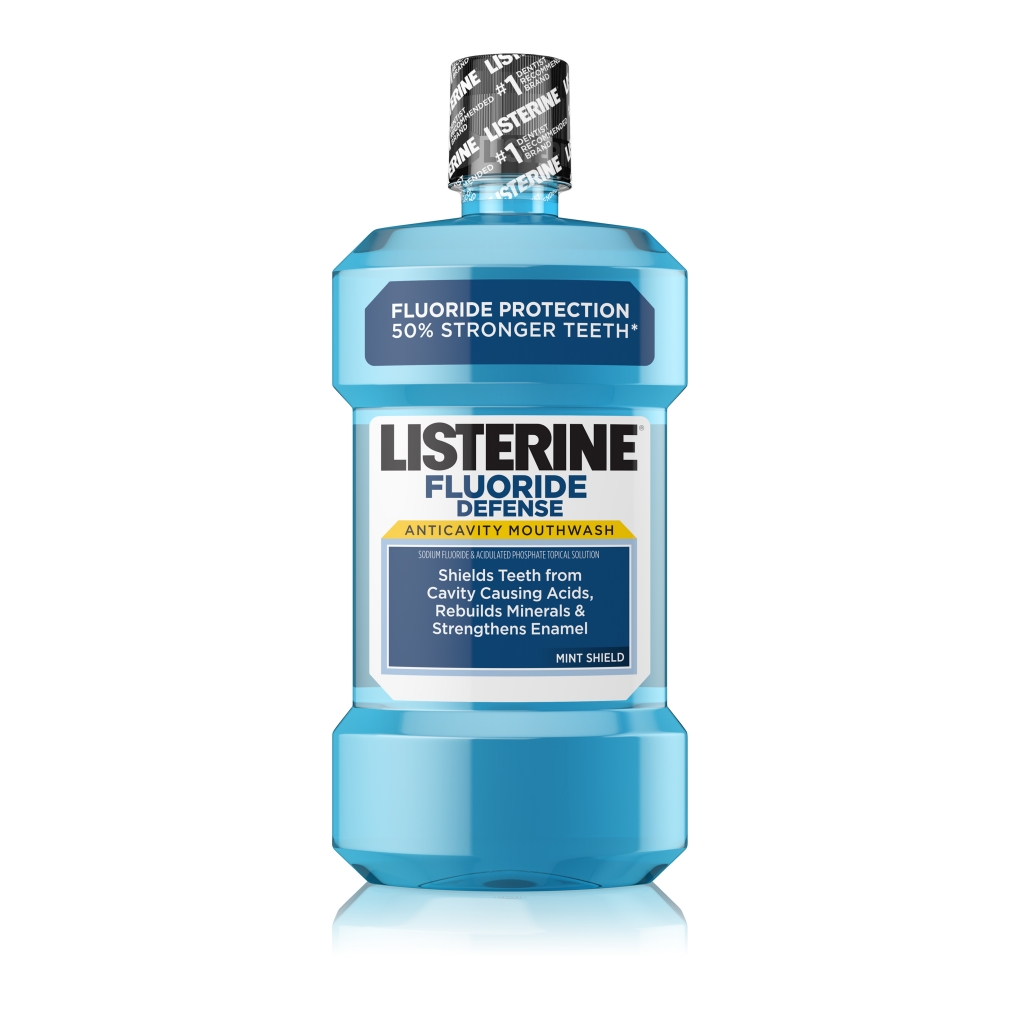 Lozenges-
Lozenges-
Lozenges contain 1mg of fluoride. The tablet is kept in the mouth and sucked in. The lozenges slowly dissolves and gets swallowed. This is useful as it helps in both topical as well as systemic intake of fluoride.
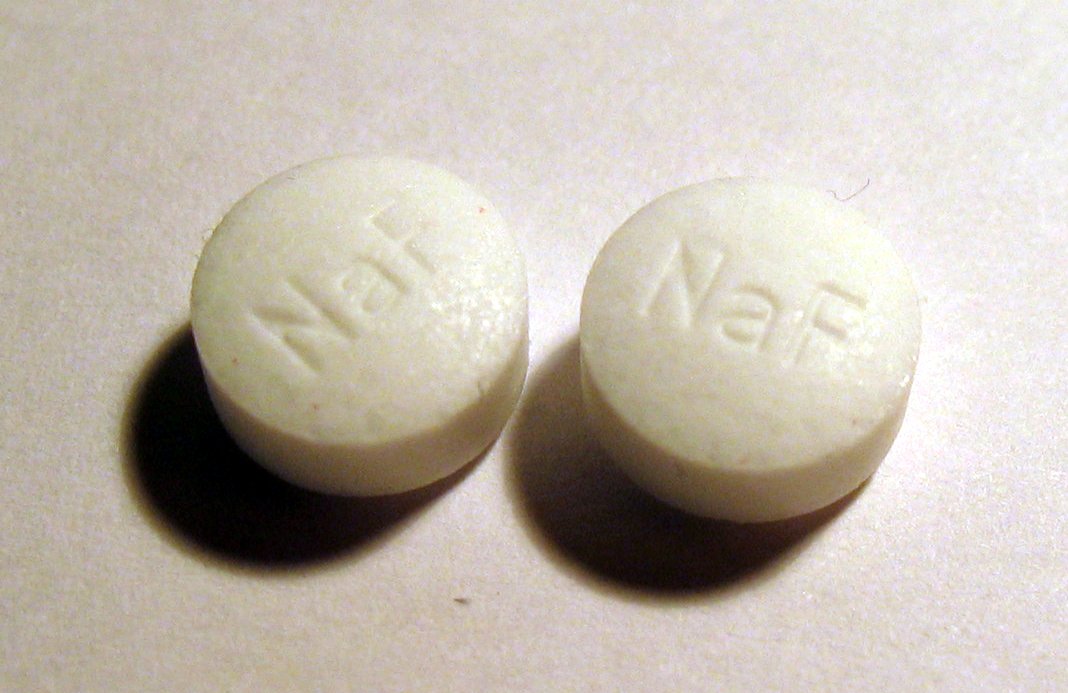
Gels-
To apply fluoride on all the teeth properly, a dentist takes the impression of the whole mouth. He prepares a tray filled with fluoride and places on the teeth. Caries prone patients, orthodontic cases and people with reduced saliva are supplemented with fluoride gels.
 Varnish-
Varnish-
With the help of a brush, apply fluoride varnish on the tooth surfaces and this set within seconds. This works better than gels as it is easy to use and does not alter the taste. The varnish seals the exposed enamel. Thereby reducing the chances of dental caries to a greater extent.
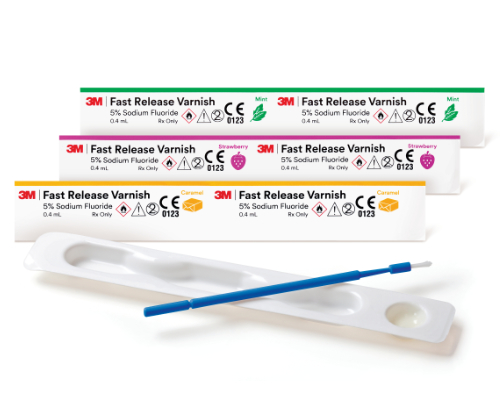
However, fluoride consumption at a higher dose might cause fluoride toxicity and that is life threatening. Other risks include dental fluorosis, skeletal fluorosis, osteoporosis and many cancers.


